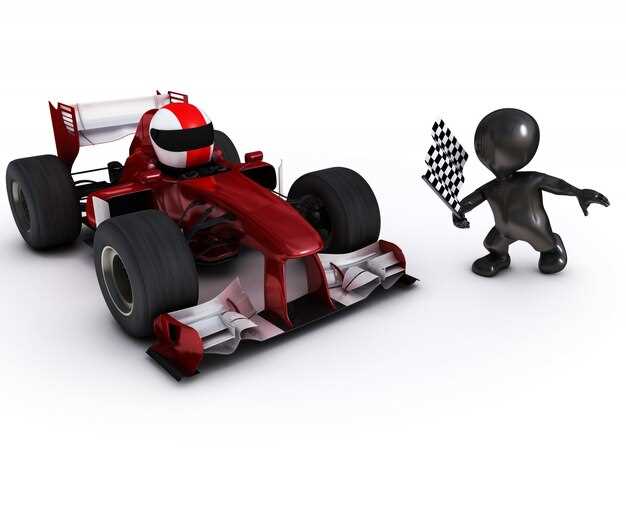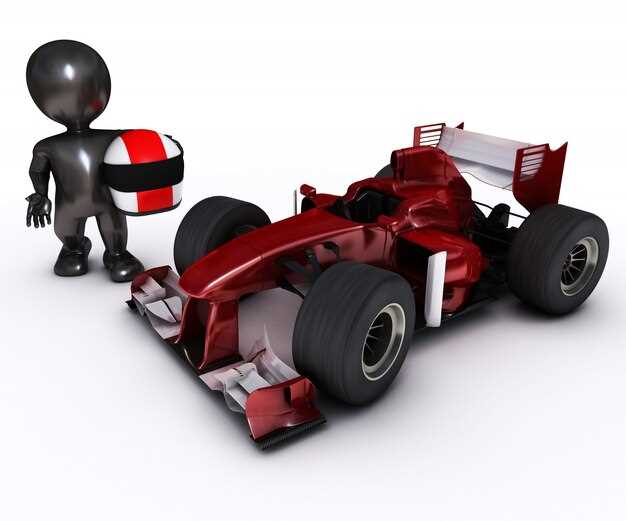
When it comes to the world of motorsport, two premier racing series often capture the attention of enthusiasts: Formula 1 and IndyCar. While both forms of racing feature highly skilled drivers and cutting-edge technology, they cater to different fan bases and showcase distinct characteristics. Understanding these differences can enhance the appreciation for each series and the unique challenges each racer faces on the track.
The first major contrast lies in the technology and design of the cars. Formula 1 vehicles are known for their advanced aerodynamics and hybrid power units, which emphasize innovation and efficiency. In contrast, IndyCar employs a more uniform chassis and engine specification, allowing for closer competition and more strategic racing. This fundamental difference in engineering leads to various race dynamics, impacting everything from tire management to overtaking strategies.
Another key distinction is the racing formats and circuits. F1 races take place on a mix of purpose-built tracks and street circuits, often showcasing the breathtaking capabilities of these high-performance machines. IndyCar, on the other hand, features a blend of ovals and road courses, delivering a diverse racing experience that includes the iconic Indianapolis 500. Each format presents unique challenges, requiring drivers to adapt their skills and strategies accordingly.
Ultimately, while both series share a love for speed and competition, the differences in engineering, race formats, and strategies create two distinct worlds of racing. This article will explore these key differences in greater detail, highlighting what makes each series special and how they contribute to the rich tapestry of motorsport.
Comparing Race Tracks: Permanent Circuits vs. Ovals

Race tracks in motorsport significantly influence the dynamics of competition, particularly in Formula 1 and IndyCar. In F1, most events occur on permanent circuits, while IndyCar frequently utilizes oval tracks.
Permanent circuits are designed with complex layouts that feature a range of turns, elevation changes, and a combination of both high-speed straights and tight corners. This diversity in track design tests drivers’ skills in handling and strategy. Notable examples include the Circuit de Monaco and Silverstone, where precision and technical expertise are crucial. The emphasis on braking zones and cornering tactics creates a unique challenge for Formula 1 teams, with a focus on downforce and aerodynamic efficiency.
In contrast, oval tracks prioritize speed and endurance. These circuits often feature long, continuous turns and straights that facilitate high-speed racing. Drivers must excel in maintaining momentum and managing tire wear. Tracks like the Indianapolis Motor Speedway exemplify this racing style, where drivers experience high G-forces and must rely heavily on precise car control and tactical racing lines. The format of these races often leads to more predictable pit strategies, contrasting with the intricate tire and fuel management seen in F1 races.
Furthermore, the fan engagement and atmosphere surrounding these races can differ significantly. Oval races tend to have a more communal feel, as fans experience the race from a single vantage point, often centered around the oval. Permanent circuits, however, offer varied viewing experiences, allowing fans to witness different parts of the track and enjoy the complexity of pit strategies and team tactics.
Ultimately, both formats present unique challenges and entertain fans in distinct ways. Formula 1’s permanent circuits enhance the intricacies of motor racing, while IndyCar’s ovals deliver unmatched speed and excitement, highlighting the versatility and diversity within the world of motorsport.
Understanding Vehicle Specifications: Engine Power and Design

The specifications of racing vehicles play a critical role in differentiating Formula and IndyCar series performance. In terms of engine power, both series utilize distinct technologies and configurations that impact speed, handling, and overall driving experience.
In Formula racing, teams often rely on highly sophisticated turbocharged hybrid power units. These engines typically produce around 1000 horsepower, combining a traditional internal combustion engine with an energy recovery system that regenerates electrical energy during braking. This fusion of power and efficiency allows for exceptional acceleration and high-speed cornering, essential in a sport that demands precision and agility.
Conversely, IndyCar vehicles are equipped with either a 2.2-liter V6 twin-turbocharged engine from manufacturers like Honda or Chevrolet. These engines generate approximately 700 horsepower, providing impressive straight-line speed, especially on ovals where power is a crucial factor. While not as powerful as their Formula counterparts, IndyCar engines are designed for reliability and the ability to perform over long race distances, showcasing endurance as a key feature of the sport.
Design also varies significantly between the two series. Formula cars are characterized by intricate aerodynamics, featuring complex wings, diffusers, and other components engineered to maximize downforce and minimize drag. This focus on aerodynamics allows for exceptional cornering speeds, vital in the diverse circuits where Formula races occur.
In contrast, IndyCar designs emphasize a more standardized chassis, which levels the playing field among teams and promotes competitive racing. The Dallara chassis used in IndyCar includes adjustable aerodynamic components, allowing teams to fine-tune their setups based on race conditions, but within a more controlled environment compared to the bespoke designs often seen in Formula.
Ultimately, the differences in engine power and design between Formula and IndyCar reflect their unique racing philosophies and influence how drivers approach competition in each series.
Team Dynamics and Pit Strategies: How They Differ in Each Series
The dynamics of teams and their pit strategies play crucial roles in both F1 and IndyCar racing, yet they operate under distinct philosophies and structures.
Team Composition
- Formula 1: F1 teams typically have a larger personnel pool, including engineers, strategists, and specialized technicians. The reliance on advanced technology and data analysis requires a robust team structure.
- IndyCar: IndyCar teams often have fewer members, leading to a more versatile crew. Team members may perform multiple roles, making adaptability essential during races.
Pit Stops
- F1 Pit Strategy:
- High emphasis on timing and split-second decisions. Teams meticulously plan pit stops down to the second.
- Substantial use of tire variations (soft, medium, hard) adds complexity to strategy, impacting race pace.
- IndyCar Pit Strategy:
- Pit strategies can be more fluid, often adjusting based on race conditions and competitors’ actions.
- Tire choices are limited as most teams use a single compound during races, simplifying decisions.
Communication
- Formula 1: Communication is heavily data-driven, with real-time telemetry transmitted to engineers. Teams analyze data to provide instant feedback to drivers.
- IndyCar: While still data-informed, the communication approach can differ, with more emphasis on driver intuition and team experience, especially in oval races.
Race Strategy
- Formula 1: Races often feature complex strategies involving fuel management and tire conservation, with pre-planned laps for pit entry and exit.
- IndyCar: Strategy can emphasize track position and overtaking opportunities, influenced by yellows and race pace rather than strict fuel usage and tire life.
In summary, the team dynamics and pit strategies in Formula 1 and IndyCar diverge significantly, reflecting the unique challenges and goals of each racing series.




